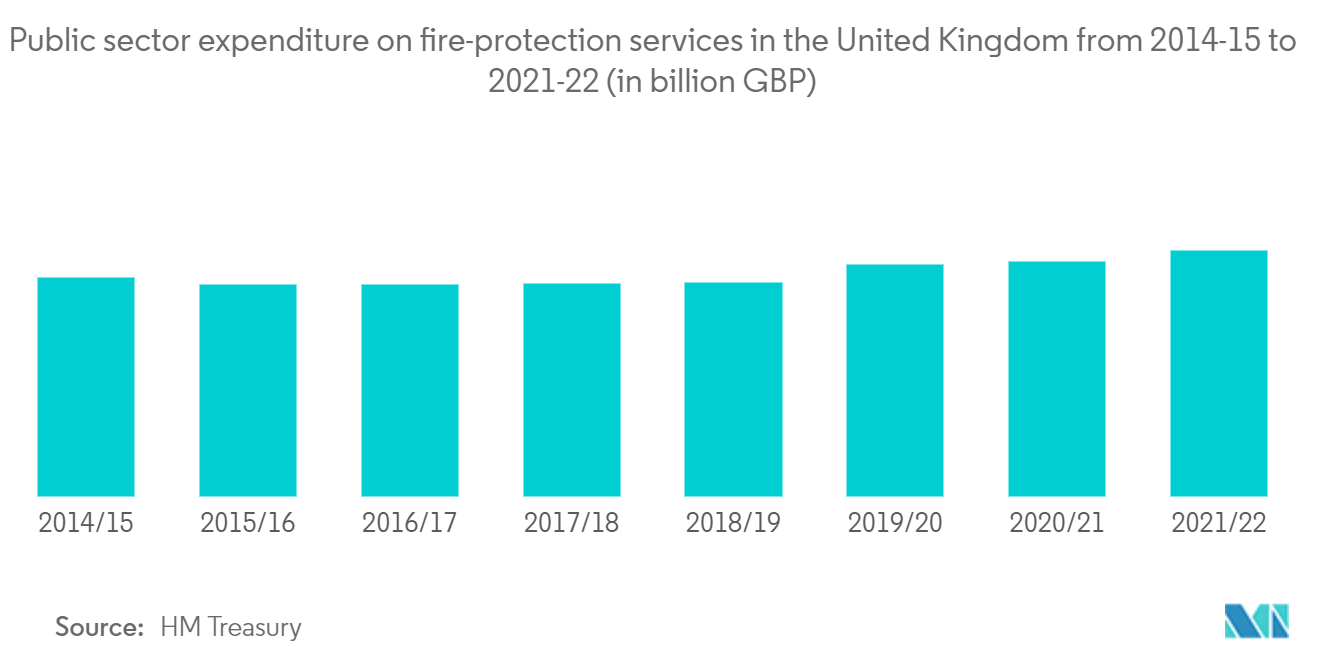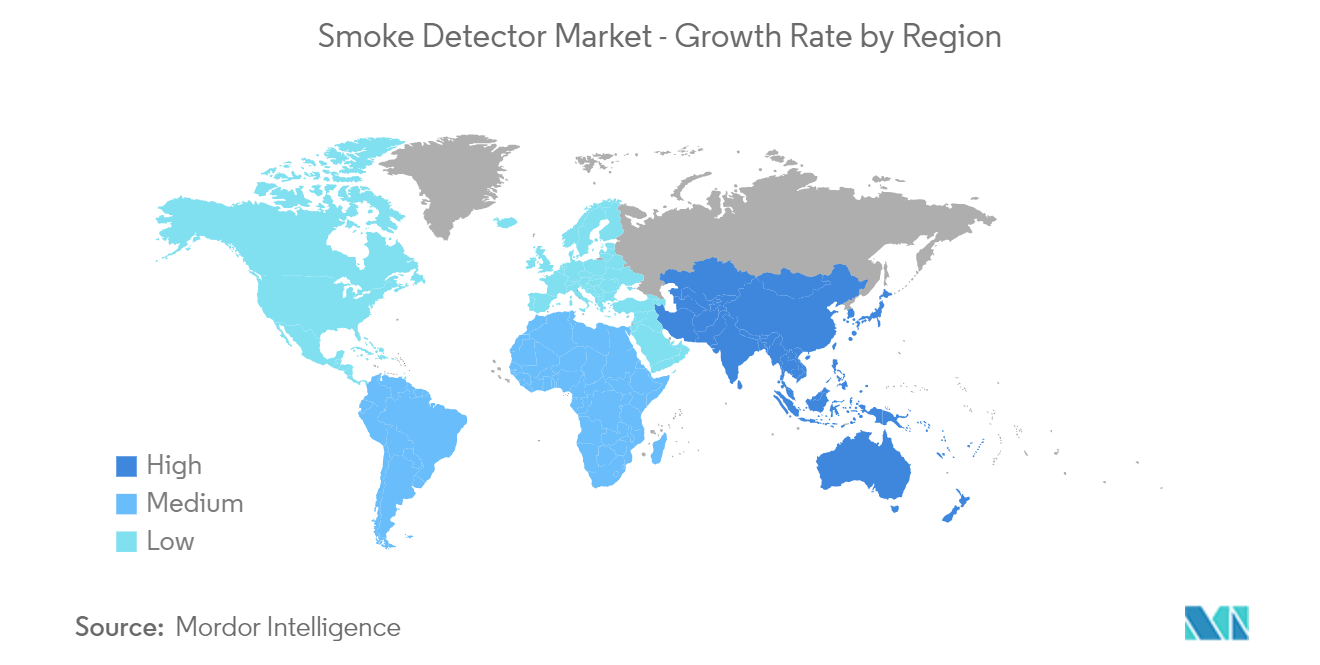Market Trends of Smoke Detector Industry
This section covers the major market trends shaping the Smoke Detector Market according to our research experts:
Residential Applications to Drive the Demand for Smoke Detectors
- The residential end-use segment is expected to witness significant growth throughout the study period. With increasing focus on safety across homes, smoke and fire detectors are increasingly being used. Government officials in developed nations such as the United States, Canada, and Japan have altered their standardized building standards and regulations to allow the installation of home smoke-detecting systems, therefore contributing to market development.
- Photoelectric and ionization smoke detectors are widely used in residential properties. In a residential setting, photoelectric alarms are more responsive to smoldering fires, whereas ionization detectors are better for flaming fires.
- Smoke detectors in residential applications should understand the most recent NFPA 72 and National Fire Alarm and Signaling Code requirements. When a very large residence contains floor areas greater than 1,000 square feet (excluding garage areas), the code requires smoke alarms to be installed on the ceiling, where photoelectric smoke detectors are permitted, which increases the market growth.
- Moreover, the United Kingdom has witnessed an increase in fire services over the past few years. Further, with the expansion of smart homes trend across the world, the demand for smoke and fire detectors has increased. Thus, the installation of smoke detectors in the residential segment is expected to grow further.
- All residential units and commercial buildings in Canada must meet the standards of several national regulatory codes, including the National Fire Code (NFC), the National Building Code (NBC), and the Provincial Code. According to NBC, smoke detectors must be installed in all new dwelling units, sleeping rooms, and on every floor of these units throughout the country. Strict fire safety regulations are thus promoting the growth of the smoke detector market in the coming years.

North America Accounts for a Significant Market Share
- According to the guidelines set by the US Fire Administration (USFA), smoke detectors must be installed inside every bedroom, outside each sleeping area, and on each level of the home, including the basement, and one carbon monoxide detector on each level and in each sleeping area.
- Also, government regulations have mandated the use of these devices in potentially hazardous environments, increasing the demand for smoke detectors in the country. According to a study by the Centers for Disease Control and Prevention, in January 2022, every year, at least 430 people die in the United States from accidental Carbon Monoxide poisoning. Approximately 50,000 people in the country visit the emergency department each year due to accidental carbon monoxide poisoning.
- As a result, the adoption of smoke detectors has seen an incremental demand. These devices help prevent these toxic and dangerous gases from building up in homes during a fire incident.
- According to the National Fire Protection Association (NFPA), the death rate per 1,000 reported home fires was significantly more in homes that did not have working smoke alarms (12.3 deaths per 1,000 fires), primarily because the smoke alarm was not present or the alarm was present but did not operate properly, than in the homes that had working smoke alarms installed (5.7 deaths per 1,000 fires). In the fire incidents where the smoke alarms were present but did not operate properly, more than two of every five (43%) smoke alarms had missing or disconnected batteries.
- The growing awareness about the hazardous effects of the release of carbon monoxide (CO) from the US Consumer Product Safety Commission and the National Fire Protection Association (NFPA) is further boosting the growth of the market in the country.


